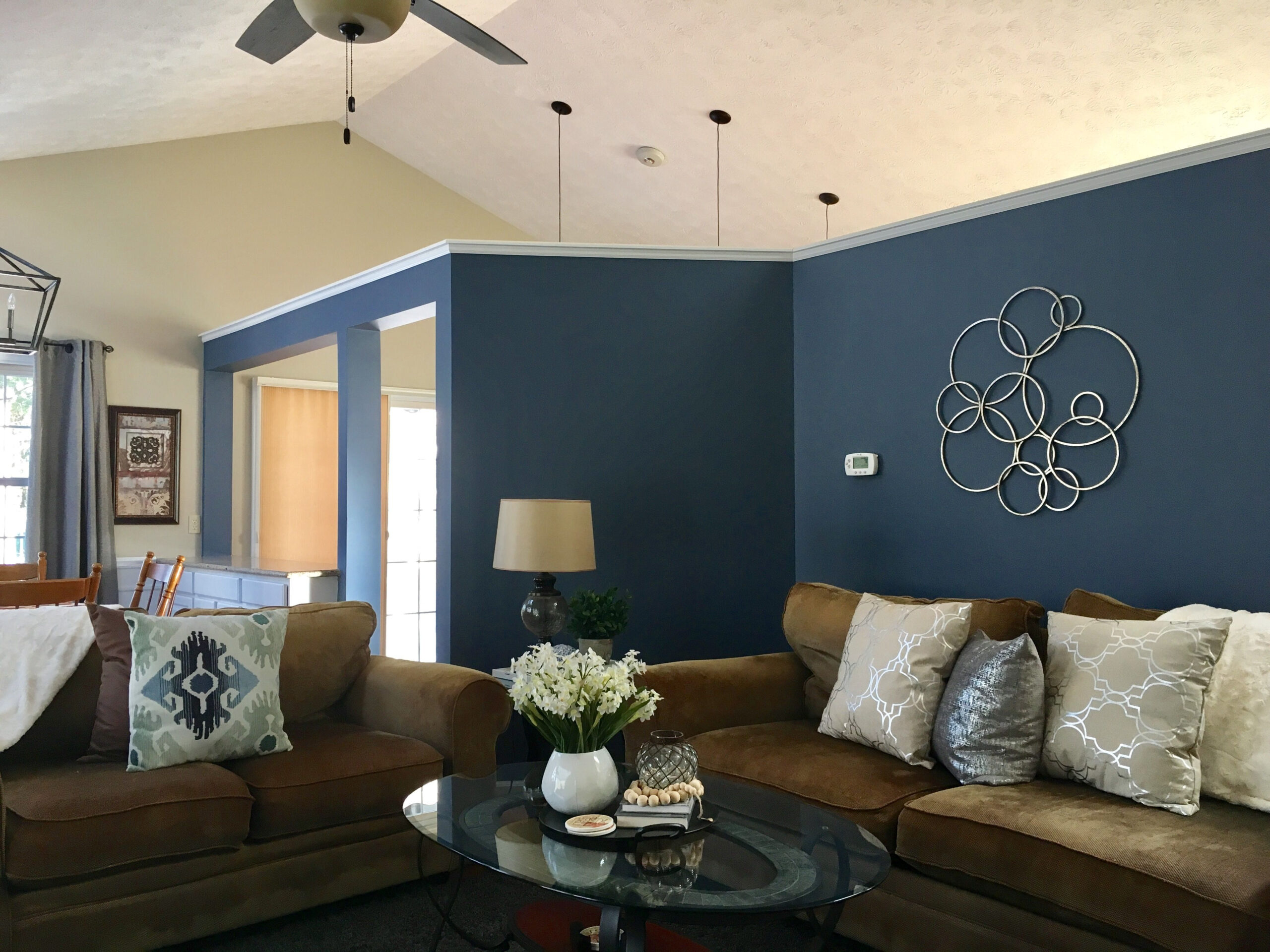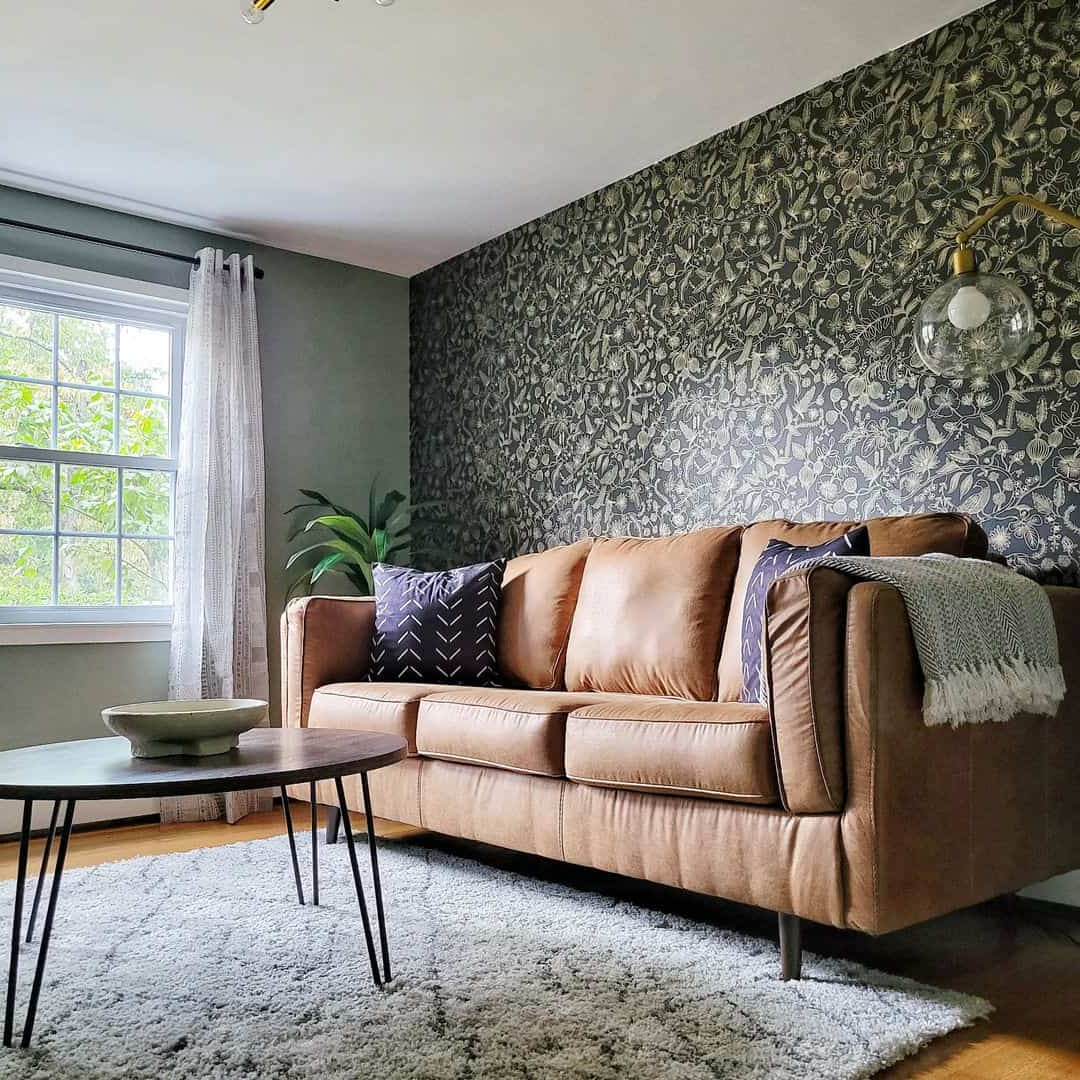Picture this: You walk into a room and something immediately catches your eye. It’s not the furniture, not the TV, but a single wall that seems to pull everything else together. That’s the magic of accent walls. They’re like the unsung heroes of interior design, quietly transforming spaces from ordinary to extraordinary. Whether you’re dealing with a bland beige rectangle or a room that feels too busy, an accent wall can be the game-changer you’ve been looking for.
When it comes to interior design, sometimes less really is more. But when you want to make a statement, nothing beats the power of an accent wall. These special walls don’t just add color or texture – they become the focal point that ties the entire room together. Think of them as the conversation starters of your home, the elements that draw people’s eyes and create visual interest. From subtle changes to dramatic transformations, accent walls offer endless possibilities for homeowners who want to refresh their space without a complete overhaul. The beauty lies in how simple they can be, yet how impactful they truly are.
What Makes an Accent Wall Special
An accent wall isn’t just any old wall – it’s the star of the show. Unlike regular walls that blend into the background, an accent wall stands out. It might be a bold color, an interesting texture, or even a unique material that makes it instantly recognizable. The key is creating contrast. Maybe you have a minimalist living room with neutral tones, and suddenly one wall becomes rich burgundy or deep navy blue. This contrast immediately draws attention and creates visual balance. Think about how you naturally focus on certain things in a room – that’s exactly what an accent wall does. It guides the eye and creates that sense of purpose and design. The wall doesn’t need to be huge or overwhelming, but it needs to be noticeable enough to serve its purpose.
Color Psychology in Accent Walls
Colors have power beyond what we often realize. When you choose the right accent wall color, you’re essentially setting the mood for your entire space. Warm tones like terracotta or burnt orange can make a room feel cozy and inviting, perfect for relaxation areas. Cool blues and greens tend to create a calming atmosphere, ideal for spaces where you want to unwind. Darker shades like charcoal or deep purple can add sophistication and drama, while lighter hues can make small rooms feel bigger and airier. Consider the existing colors in your room – if you already have lots of reds and oranges, maybe a cool blue or green would provide the perfect balance. Sometimes, the most effective accent walls are those that complement rather than compete with your existing palette. The trick is choosing colors that enhance the overall feeling you want to achieve.
Texture and Material Options
Not every accent wall has to be painted. In fact, exploring different textures and materials can make your room feel more dynamic and interesting. Textured paint creates depth and dimension that flat paint simply cannot match. Think about the difference between smooth drywall and a wall with a subtle texture that catches light differently. Wallpaper adds another layer of complexity – from delicate patterns to bold geometric designs. Natural materials like wood paneling bring warmth and organic feel to any space. Stone or brick accents create industrial vibes, while wainscoting offers classic elegance. The material you choose depends on your style goals and the amount of effort you’re willing to put in. A simple textured paint might be all you need for a subtle change, whereas a full wood paneling installation could transform an entire room. Sometimes the most exciting results come from mixing different materials together.
Practical Placement Strategies
Where you place your accent wall matters almost as much as what you do to it. The most common spot is the wall behind your sofa or TV – it naturally becomes the focal point of the room. But don’t limit yourself to that. Consider placing an accent wall opposite a window to create visual interest across the room. If you have a fireplace, making it the accent wall can create a beautiful gathering point. Sometimes, a wall that receives little natural light can benefit from being transformed into an accent wall, making the whole room feel brighter and more alive. Think about traffic patterns in your room too – where do people naturally look when they enter? What would make the space feel more intentional and curated? Placement isn’t just about aesthetics; it’s about creating flow and purpose within your living space.
Balancing Act: Making It Work With Existing Elements
One of the biggest challenges with accent walls is ensuring they work harmoniously with everything else in the room. If your furniture is bold and colorful, a subtle accent wall might get lost. But if your room is mostly neutral, a strong accent wall can provide the visual excitement it needs. The key is maintaining balance. If you’re going for a dramatic wall, consider keeping other elements in the room simpler. Or if your room is already busy, choose a more muted accent wall to avoid overwhelming the senses. Don’t forget about lighting – how will your accent wall look in different lighting conditions? A wall that looks amazing in bright daylight might appear completely different in evening light. Always test your choices with the room’s natural light and artificial lighting to see how everything works together.
Cost-Effective Ways to Achieve the Look
You don’t need to break the bank to create an impressive accent wall. Paint remains one of the most affordable options, and with the wide variety of colors available today, you can achieve anything from subtle sophistication to bold drama. Textured paints are relatively inexpensive but can make a significant impact. Wallpaper offers great value for money, especially if you find good deals during sales. Even DIY projects like creating a gallery wall or adding some decorative elements can create the effect of an accent wall without major investment. Repurposing items from around your home, such as reclaimed wood or vintage mirrors, can give you that custom look at a fraction of the cost. Sometimes the most creative solutions come from thinking outside the box and using what you already have. Remember, the goal is to refresh and enhance, not necessarily to renovate.
Accent walls represent more than just a design trend – they’re a powerful tool for personal expression and spatial transformation. Whether you’re looking to create a cozy reading nook, establish a dramatic focal point, or simply add some personality to a boring space, the right accent wall can do wonders. The key is understanding that this isn’t about following rigid rules but about finding what works for your lifestyle and preferences. Start small if you’re unsure – try a painted accent wall first, then build from there. Remember that the best accent walls are those that feel intentional and comfortable. They shouldn’t feel forced or overly planned. Instead, they should reflect your personal taste and make you happy every time you walk into the room. After all, your home should feel like a true extension of yourself, and an accent wall is one of the easiest ways to make that happen.















